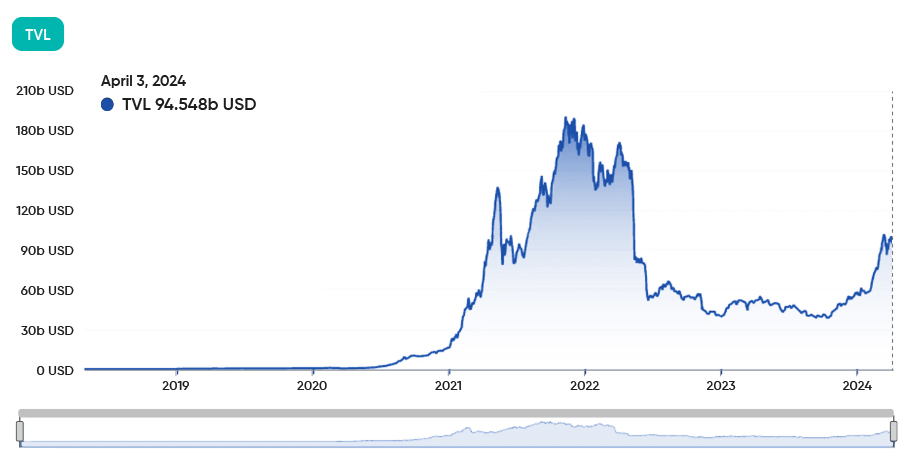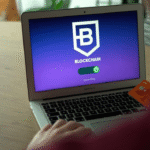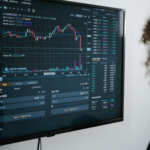The digital asset revolution continues to reshape the investment landscape. While cryptocurrencies like Bitcoin and Ethereum have captured headlines, a new wave of innovation is emerging: real-world assets (RWAs) tokenized on the blockchain. This exciting development unlocks a world of possibilities for investors, offering a unique blend of traditional asset stability with the efficiency and transparency of blockchain technology.
This blog, brought to you by Kenson Investments, a leading digital asset consulting firm, explores the growing importance of RWAs in digital investments and why they represent a significant opportunity for investors of all stripes.
What are Real-World Assets in Digital Investments?
Real-world assets are tangible or intangible assets that exist in the physical world, such as:
Real Estate: Physical property, including residential and commercial buildings, land, and infrastructure.
Fine Art and Collectibles: Paintings, sculptures, rare coins, and other valuable collectibles.
Commodities: Natural resources like gold, oil, and agricultural products.
Fractional Ownership: Owning a portion of a larger asset, such as a piece of real estate or artwork.
Tokenization: Bridging the Gap Between Physical and Digital
Traditionally, investing in these assets has often been limited to institutional investors or high-net-worth individuals due to high entry barriers and complex ownership structures. Blockchain technology, with its core principle of tokenization, is changing the game. Tokenization involves creating digital tokens on a blockchain that represent ownership of a real-world asset. These tokens can then be easily bought, sold, and fractionally owned, democratizing access to these traditionally illiquid assets.
Benefits of Real-World Assets in Digital Investments
The integration of real-world assets (RWAs) into the digital investment landscape offers a compelling proposition for investors, including several notable benefits:
Increased Liquidity: Tokenization allows for fractional ownership and easier trading of RWAs, unlocking liquidity for previously illiquid assets. Traditional real estate, art, and other high-value assets often suffer from limited liquidity, making it challenging for owners to quickly sell or leverage these assets.
By converting these assets into digital tokens, investors can buy, sell, or trade fractions of these assets on digital platforms, significantly enhancing their liquidity. This increased liquidity makes it easier for investors to enter and exit positions, providing more flexibility and agility in managing their portfolios.
Enhanced Transparency: Blockchain technology provides a secure and transparent record of ownership, reducing the risk of fraud and increasing trust. Every transaction involving a tokenized real-world asset is recorded on a blockchain, creating an immutable ledger that is accessible to all participants.
This transparency ensures that all parties can verify the history and current state of ownership without relying on intermediaries. The reduction in fraudulent activities and the increase in accountability build greater confidence among investors, fostering a more trustworthy investment environment.
Accessibility and Democratization: Fractional ownership through tokenization opens doors for a broader range of investors to participate in traditionally exclusive asset classes. High-value assets such as commercial real estate, fine art, and collectibles have historically been accessible only to wealthy individuals and institutional investors.
Tokenization breaks down these barriers by allowing investors to purchase smaller, more affordable portions of these assets. This democratization of access enables a more diverse group of investors to benefit from the appreciation and income generation of these asset classes, promoting financial inclusion.
Reduced Costs: Eliminating intermediaries associated with traditional asset ownership can potentially lead to lower transaction fees and management costs. The traditional process of buying and selling real-world assets often involves numerous intermediaries, such as brokers, agents, and legal representatives, all of whom add to the transaction costs.
By leveraging blockchain technology, many of these intermediaries can be bypassed, resulting in more cost-effective transactions. Additionally, the automation of processes through smart contracts further reduces the need for manual intervention, lowering operational costs and increasing efficiency.
Diversification Opportunities: RWAs offer a way to diversify your investment portfolio beyond traditional asset classes like stocks and bonds. Diversification is a fundamental principle of investment strategy aimed at reducing risk by spreading investments across various asset classes. Real-world assets such as real estate, commodities, and art provide alternative investment opportunities that are often less correlated with traditional financial markets.
This means that their value may not move in tandem with stocks and bonds, offering a hedge against market volatility. By incorporating RWAs into their portfolios, investors can achieve a more balanced and resilient investment strategy.
(Link to PB2: Strategic Investing in Digital Assets: Exploring Bitcoin, Altcoins, and Real-World Assets)
Exploring Investment Opportunities in Tokenized RWAs
The possibilities for RWAs in digital investments are vast, encompassing various asset classes:
Real Estate Tokenization: Invest in a fraction of a commercial property or a portfolio of residential buildings, potentially generating rental income through tokenized ownership.
Fractional Ownership of Art and Collectibles: Gain exposure to valuable artwork or rare collectibles without the high upfront costs associated with traditional ownership.
Tokenized Commodities: Invest in a portion of a gold mine or a barrel of oil, potentially benefiting from price fluctuations in these commodities.
Challenges and Considerations in the RWA Market
While the potential of RWAs in digital investments is undeniable, some challenges require careful consideration:
Regulatory Landscape: Regulations governing tokenized assets are still evolving, and navigating this evolving legal framework is crucial.
Valuation and Liquidity: Determining the fair market value of tokenized RWAs requires expertise, and the market liquidity for some assets may be limited.
Counterparty Risk: The security and reliability of the platform facilitating tokenization and trading is a key consideration.
The marriage of real-world assets with blockchain technology represents a significant paradigm shift in the investment landscape. By leveraging the benefits of tokenization, RWAs offer investors unprecedented access, transparency, and diversification opportunities. As the RWA market matures and regulatory frameworks evolve, this asset class holds immense potential to reshape the future of investing.

Embrace the Future of Investing with Confidence
The world of tokenized real-world assets presents an exciting frontier for investors seeking innovative solutions. By partnering with Kenson Investments, you gain access to the knowledge, expertise, and resources necessary to navigate this new investment landscape with confidence.
Contact Kenson Investments today to schedule a consultation with our RWA specialists. We look forward to empowering you to participate in the future of investing, where the lines between the physical and digital worlds seamlessly converge.
















